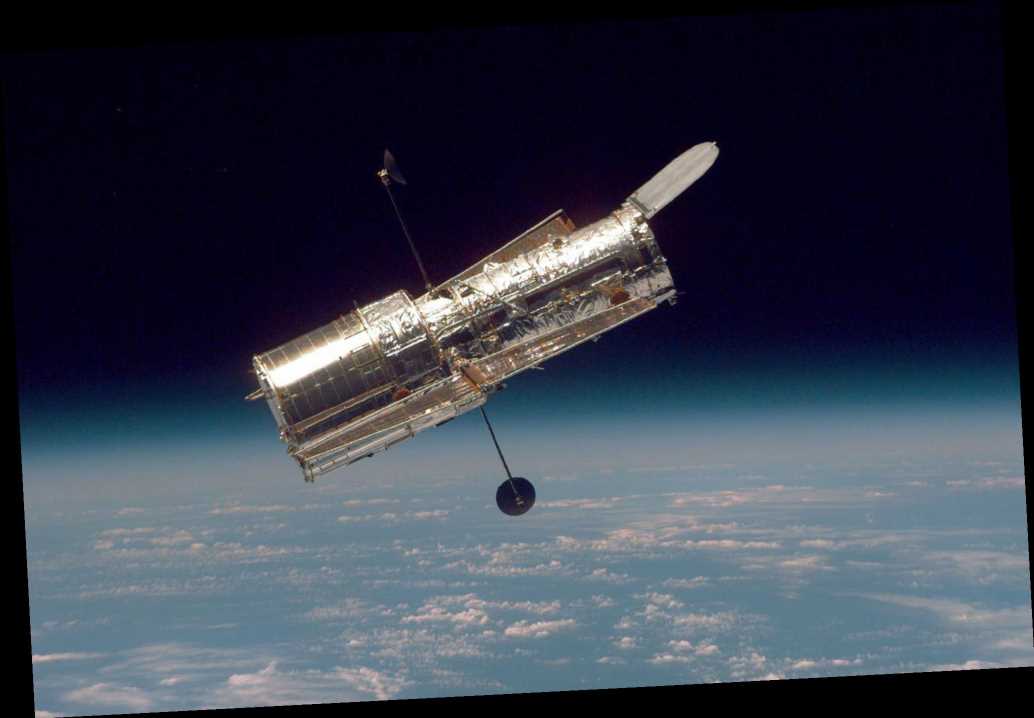The Hubble Space Telescope has reached its 30th year in orbit and NASA is celebrating along with fans all over the world.
Over the past three decades, the telescope has been beaming amazing images of space back to Earth.
The images and data Hubble has collected so far have changed and enhanced our understanding of the cosmos.
As part of the ‘birthday’ celebrations, NASA has launched a webpage that allows you to see a photo the telescope took on your birthday.
We’ve rounded up some of Hubble’s best snaps over the years.
Exploding stars
This image of the remnants of a huge ancient supernova were captured by the Hubble Space Telescope.
Every so often, large stars collapse from vast cosmic clouds, igniting and creating heavy elements in their cores.
After a few million years, this material is blasted out into interstellar space – kicking off star formation all over again.
The expanding debris cloud named Cassiopeia A is a great example of this, taking place nearly 12,000 years ago.
It’s the youngest known supernova remnant in our Milky Way galaxy.
Jupiter storms
This stunning photo of Jupiter clearly shows an enormous “mega-storm” swirling above the surface.
The so-called Great Red Spot is wider than the Earth, with furious winds reaching speeds of up to 425 mph.
Galaxy optical illusion
Astronomers spotted a galaxy in the distant universe which appears duplicated on the night sky at least 12 times.
The unusual sight was captured using the NASA/ESA Hubble Space Telescope and could give scientists a better understanding of the early universe.
The galaxy appearing multiple times in the image has been nicknamed the Sunburst Arc.
It’s almost 11 billion light-years away.
Asteroid photobomb
The telescope even captured this stunning galactic “photobomb” that shows an asteroid streaking past the Crab Nebula.
The initial image was uploaded in black and white, but volunteer astronomer Melina Thévenot processed the data to recreate the snap in color.
“Ghostly face”
This ghostly face was pictured staring back at us from deep space.
It’s actually a rare image of a galactic collision.
Mystic Mountain
This snap shows a chaotic three-light-year-tall pillar of gas and dust.
It lies within the Carina Nebula, which is around 7,500 light-years away.
Horsehead nebula
This snap was captured by the telescope in 2013.
It’s thought that this Nebula has about five million years left before it disintegrates.
Whirlpool galaxy
The “Whirlpool galaxy” got its nickname because of its swirling structure.
It’s arms are referred to as star-formation factories because hydrogen gas is said to be compressed in these regions and makes new star clusters.
This image was taken back in 2005.
Source: Read Full Article








